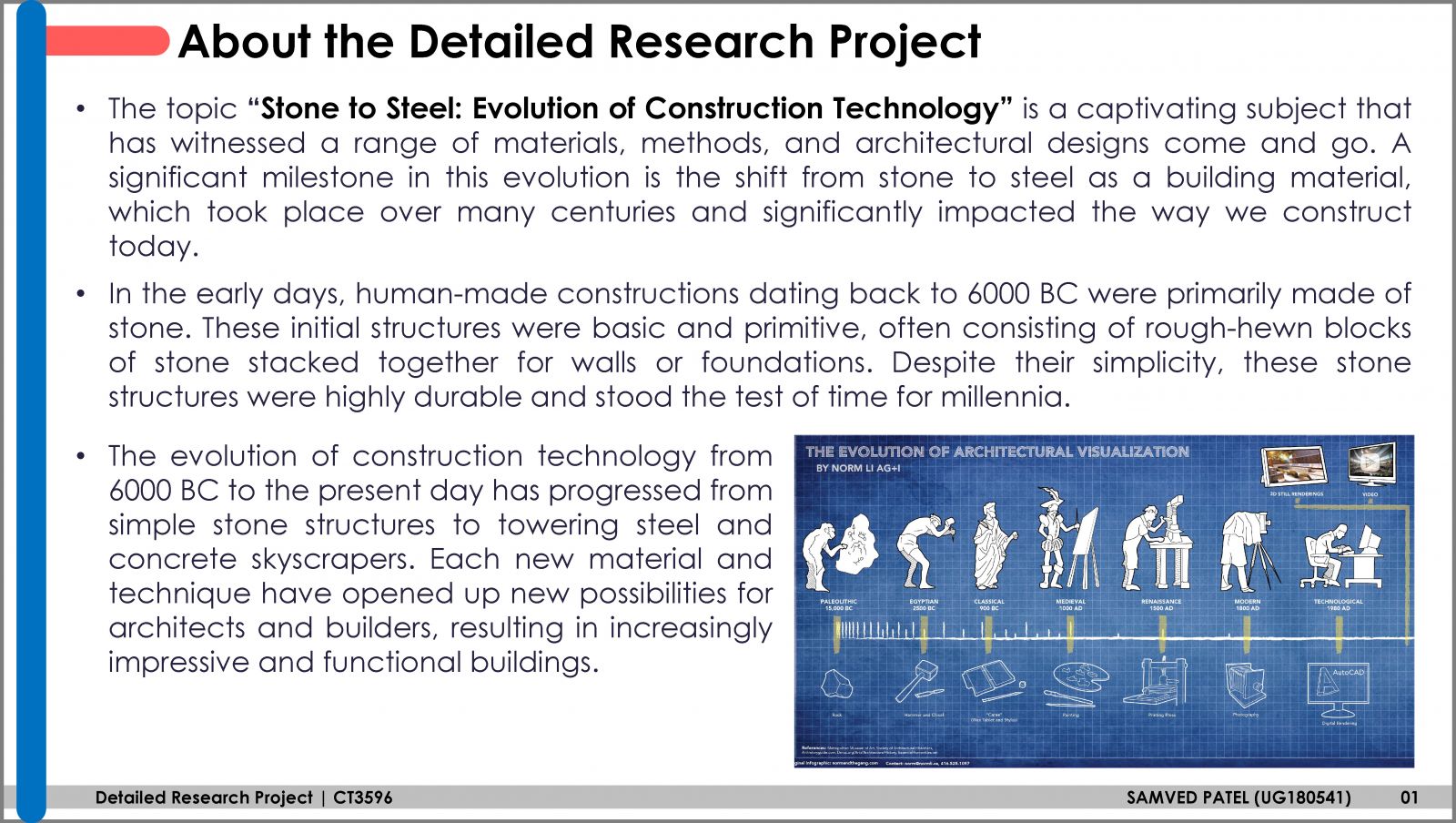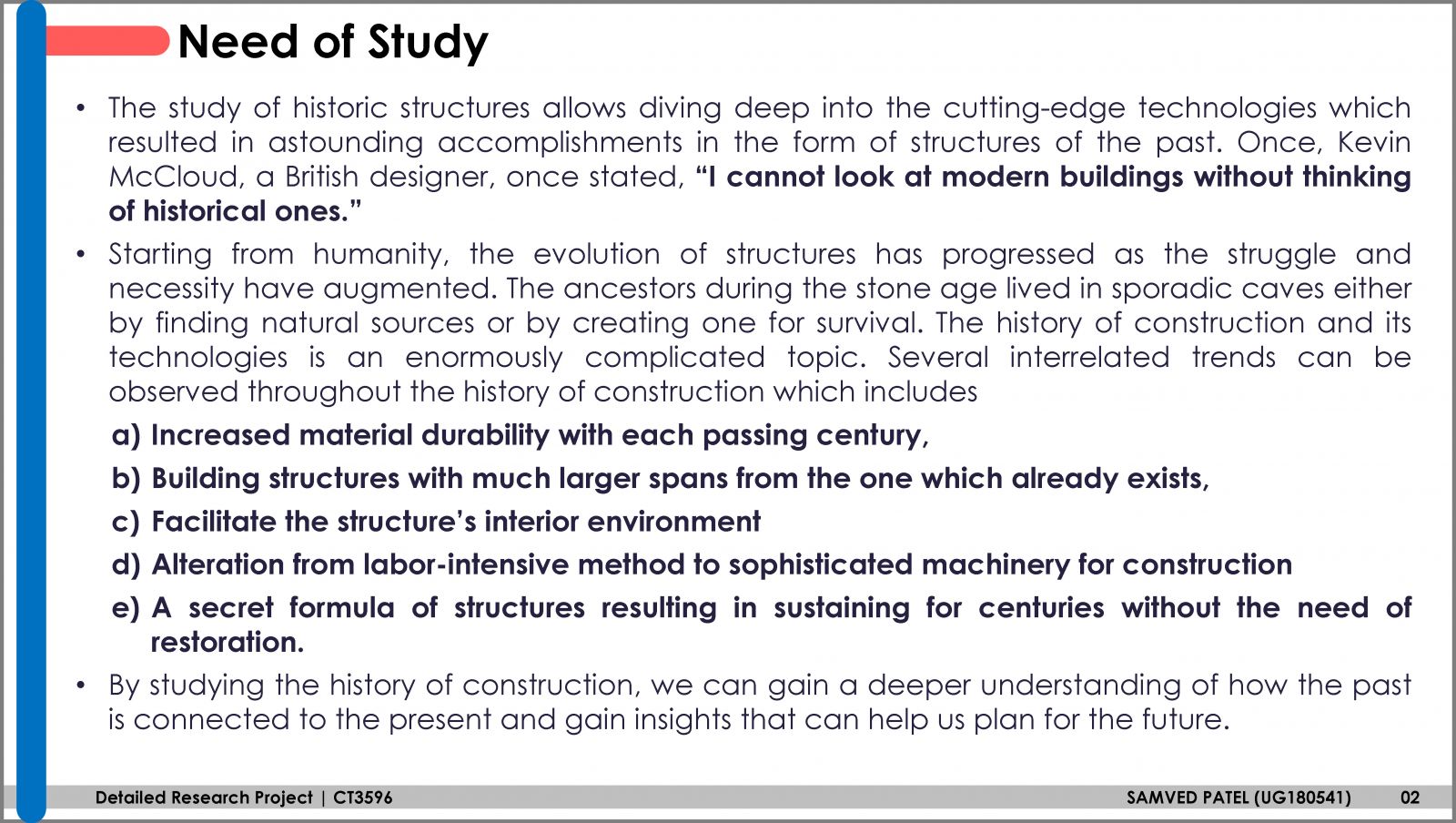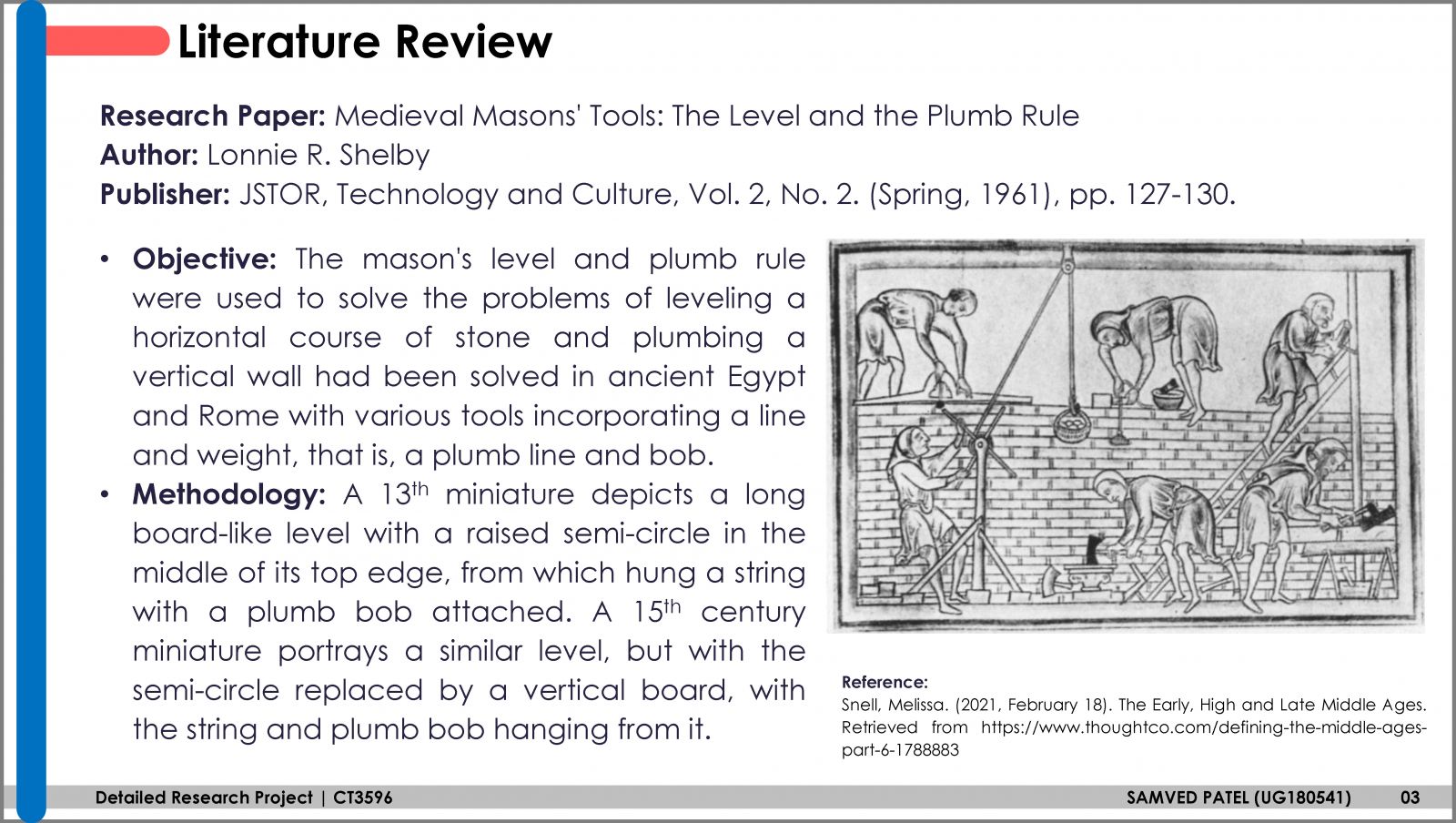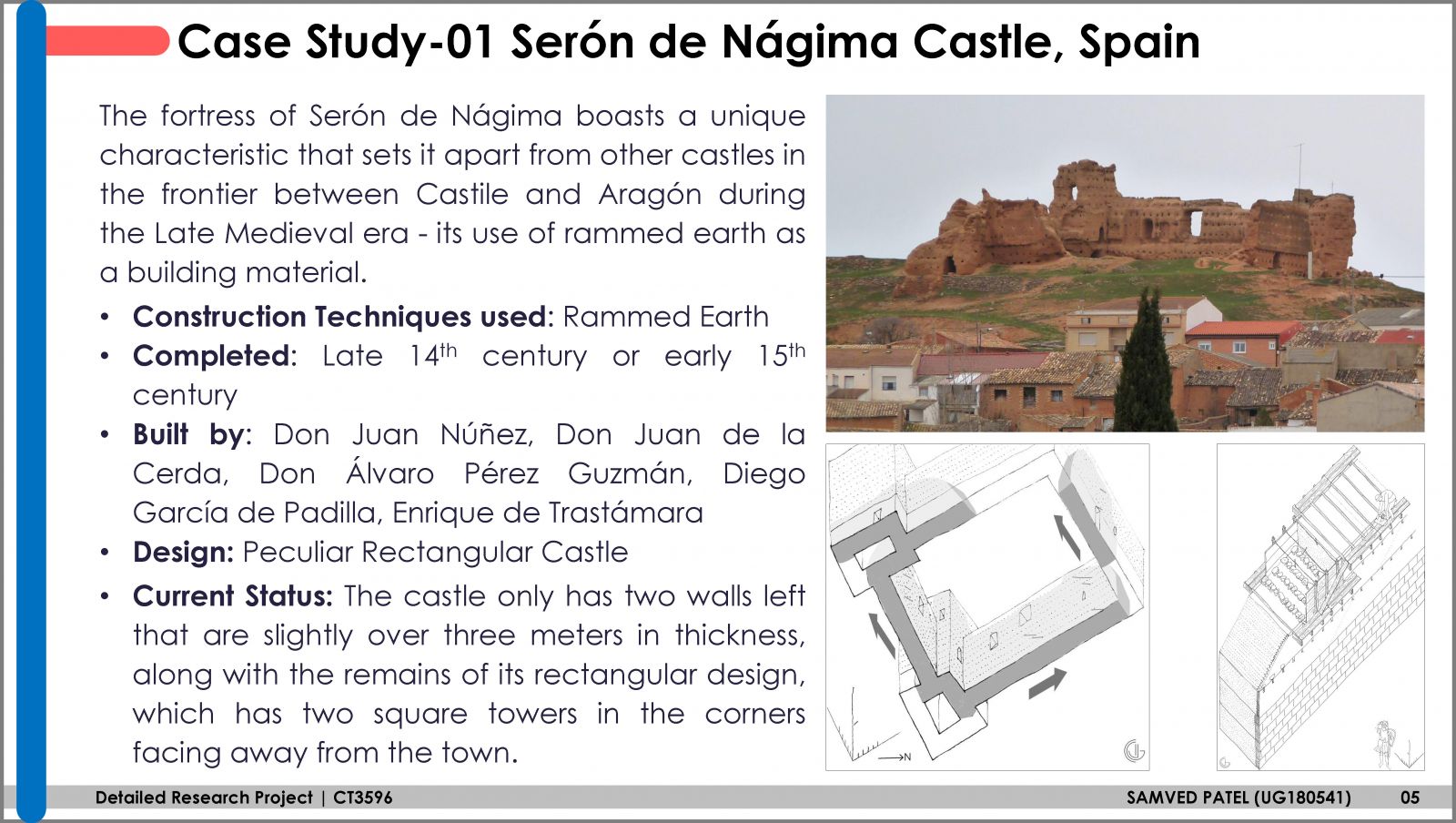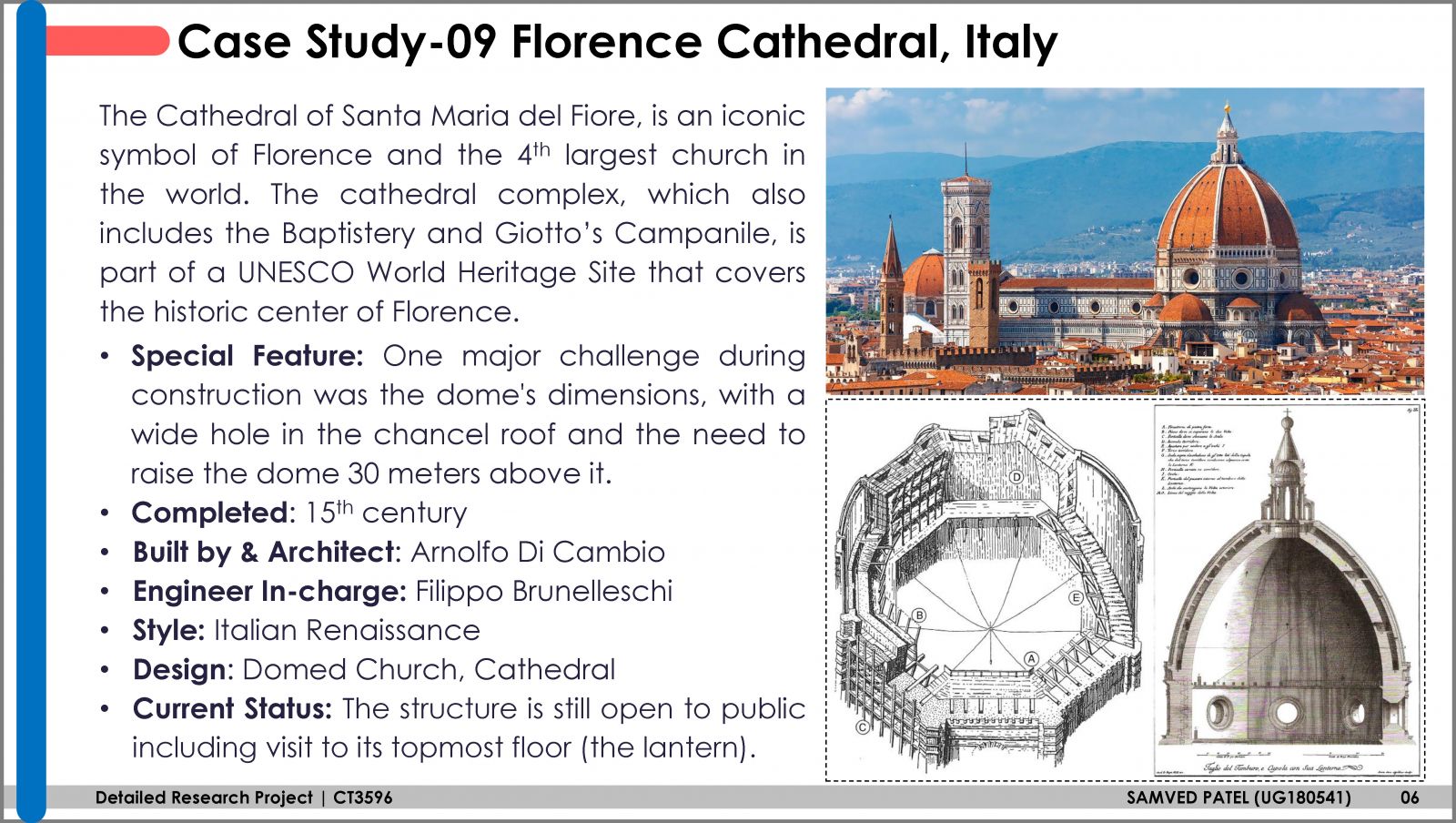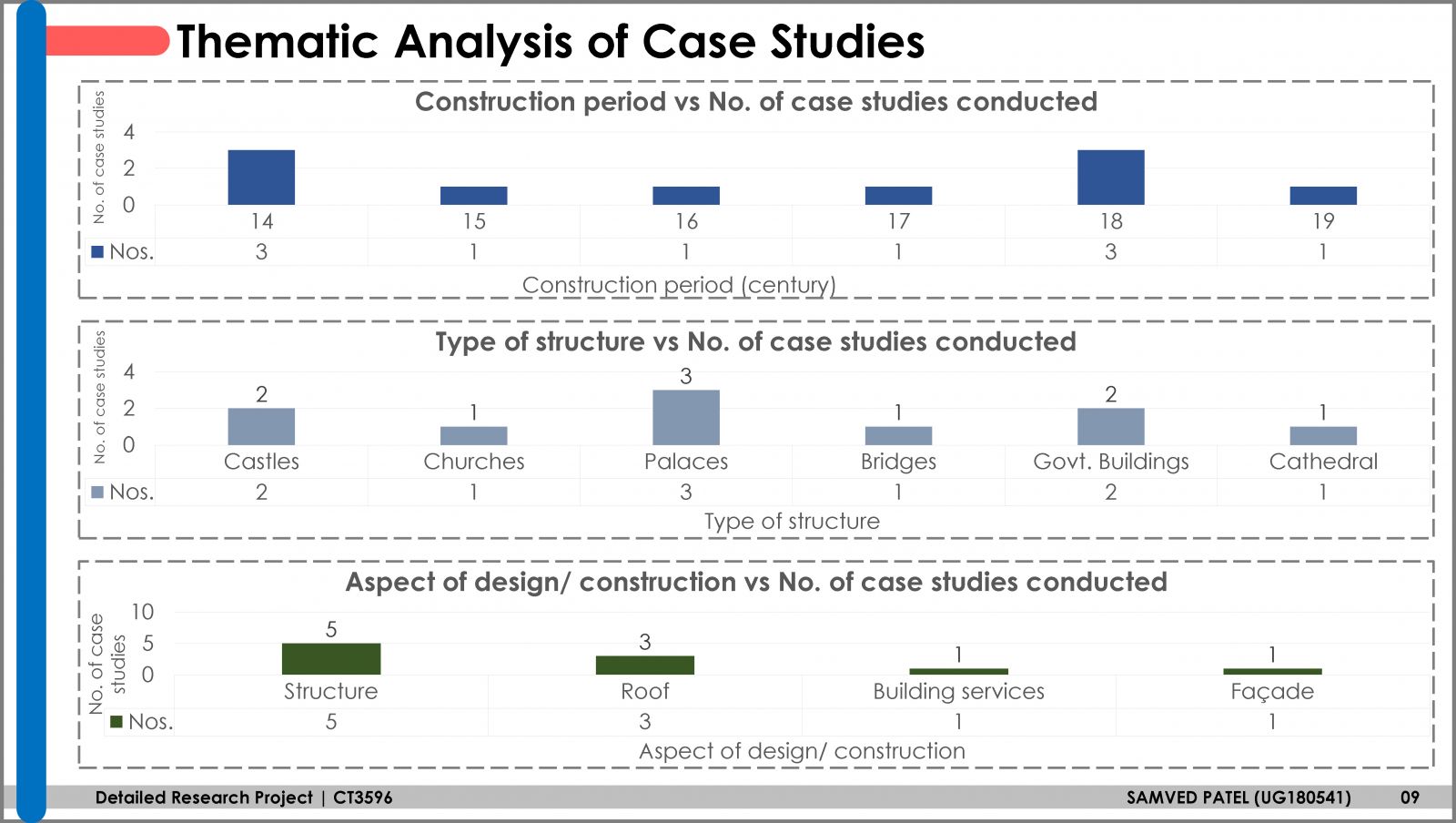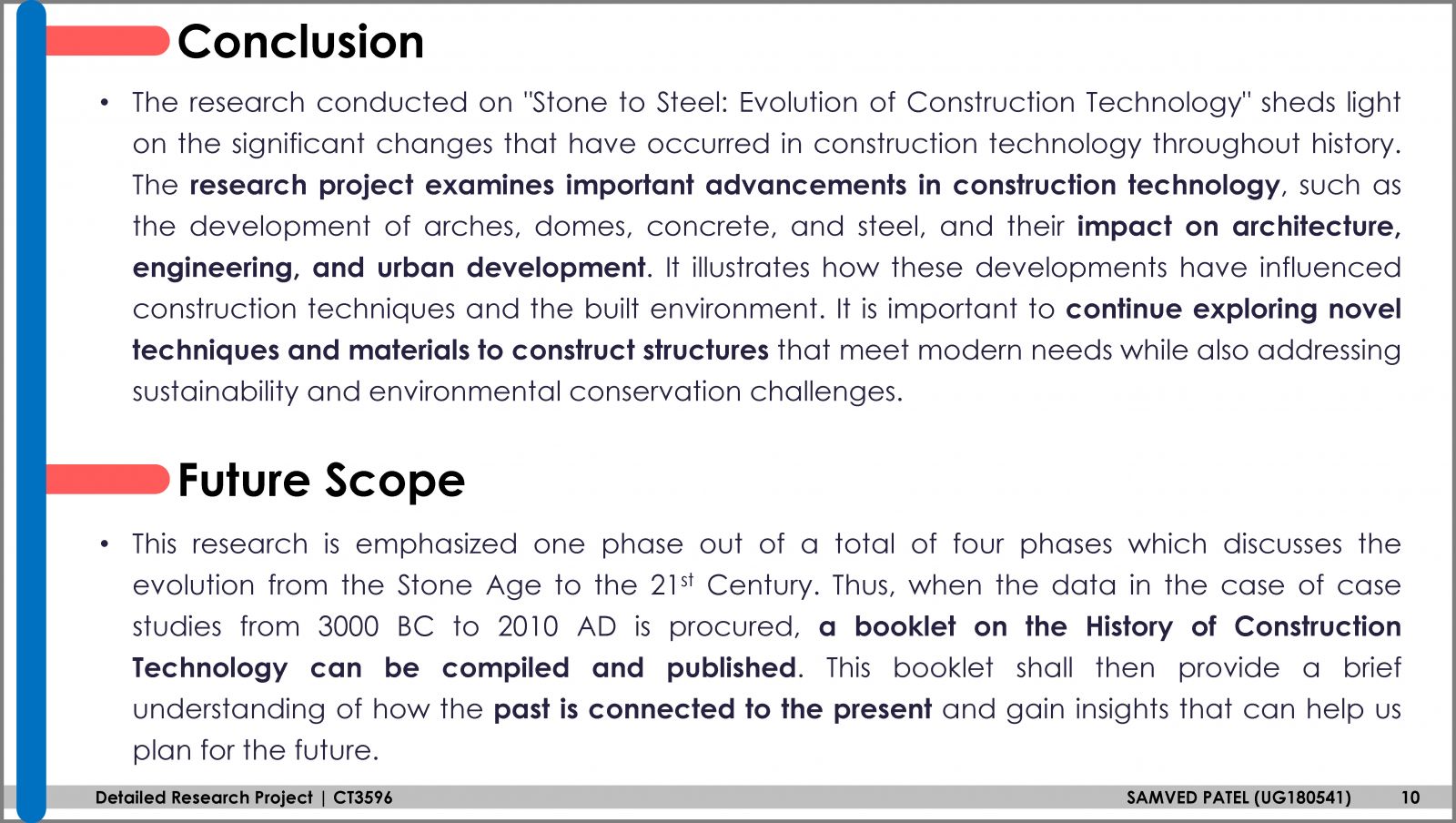Your browser is out-of-date!
For a richer surfing experience on our website, please update your browser. Update my browser now!
For a richer surfing experience on our website, please update your browser. Update my browser now!
The history of construction encompasses various areas such as building materials, engineering, building methods, and the social and economic history of builders and laborers. There is a wealth of literature devoted to each of these topics. The earliest known constructions date back to 6000 BC and were simple structures made of mud bricks and wood. Ancient civilizations such as Egypt, Mesopotamia, and the Indus Valley developed advanced techniques for building with mud bricks, ramps, and pulleys. The Iron Age saw the Romans develop advanced techniques for building with concrete, while the Gothic and Renaissance periods saw the construction of castles, cathedrals, and monasteries using techniques such as the pointed arch, ribbed vaulting, and flying buttresses. The Renaissance period also witnessed a renewed interest in classical architecture, while the Industrial Revolution saw the invention of new construction technologies like the steam engine. The 19th century saw the development of new architectural styles such as the Victorian and Art Nouveau, and the construction of taller buildings using steel and reinforced concrete. The research project "Stone to Steel: Evolution of Construction Technology" examines the evolution of construction technology from arches, domes, concrete, and steel and their impact on architecture, engineering, and urban development. It highlights the influence of these developments on construction techniques and the built environment and emphasizes the need for exploring novel techniques and materials that address sustainability and environmental conservation challenges.
